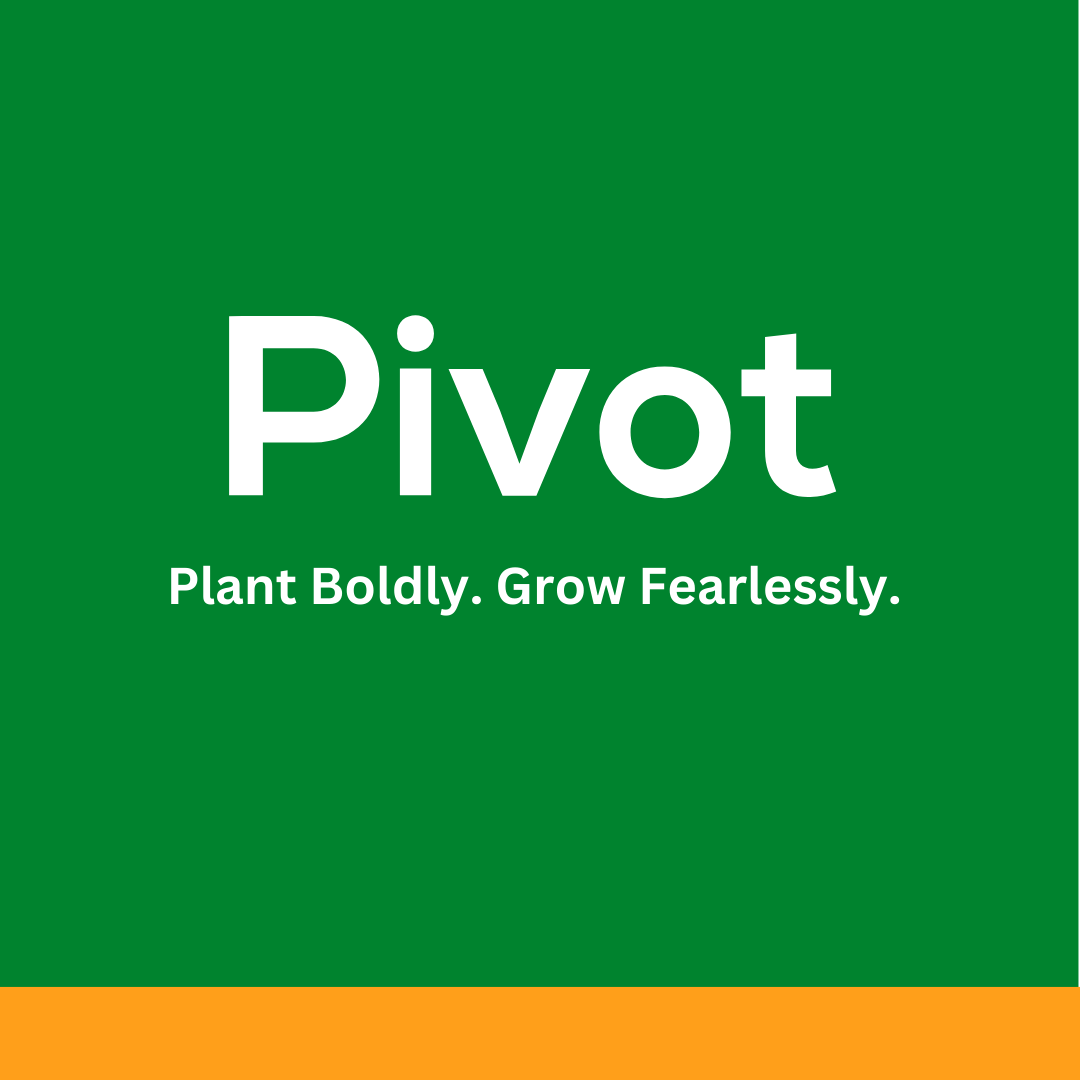Will you accept the job offer? My answer was yes.
First job after college.
Oh, and my first road trip on my own.
My first job took me to Massachusetts. However, I had lots of questions. What was the best way to get there? What was the shortest way to get there? How much in tolls would it cost? And yes, how long would it take to get there?
No one in my family had ever driven to Massachusetts, there was a multitude of ways I could have gone, and the maps didn’t tell you which way was the fastest, least expensive, or had the least amount of traffic. I had to get the answer quickly since in a couple of days I had to go apartment hunting. I immediately called a friend from college who lived in Massachusetts for the answer. She gave me step-by-step directions like:
“Take exit 11 on the New Jersey Turnpike (next time you meet someone from NJ or PA, ask them what their turnpike exit is), then take the NJ Parkway for three tolls and follow the signs for the NY Thruway. Take 684 East to 84 East and you’ll pass three towns in Connecticut (they were Danbury, Waterbury, and Hartford). Oh, and don’t go over the speed limit in Connecticut, or you’ll get a very expensive speeding ticket! Then hop the Massachusetts (Mass Pike) to get to the town.”
These directions are an example of life before GPS existed. Talk about the anxiety about making sure I hit all marks on those directions to prevent time lost retracing my steps if I missed an exit. Why was that way the best? It’s the one she knew, and it was quickest.
Shift to a world where Google Maps is at your fingertips on your smartphone, you’ve purchased a GPS system, or have one installed in your new car. Walk, run, ride a bike, or drive a car; it’s harder to get lost.
Traffic at a standstill? No problem, what’s the next exit I can get off at and let the GPS system do the navigation for me!
Taking a summer road trip with the kids? Set up rest stops and tourist sites as a wayside destination to break things up for a couple of hours, then continue on your journey.
Today, I can’t imagine life without a GPS! It’s interesting what you see on the road. Fewer frustrations, new routes found, more places to visit, and new opportunities open up when you a roadmap to guide you.
Chapter 4
In the first three articles, we talked about what mysteries and business have in common—problems—what you can learn from mysteries, and the benefits of a business strategy. In this chapter, we’ll discuss:
- What is marketing?
- What is a marketing strategy?
- The benefits of a marketing strategy as your GPS.
What is Marketing?
As a first-time mystery author completes a book, one of the most important activities that determine the success of the book is whether they’re marketing the book and how much marketing is done to promote it. You may ask, what is marketing and why should I care?
The American Marketing Association defines it as:
The activity, set of institutions, and processes for creating, communicating, delivering, and exchanging offerings that have value for customers, clients, partners, and society at large.
Authors and publishers care because it could be the difference between breaking even on their book contract or making money that leads to the next book contract. The promotion of the book can provide feedback to determine reader receptiveness to a potential book series or just a stand-alone book. Marketing can also validate whether the author has found their audience or whether the book crosses over into another category that is a better fit.
Business owners have a similar challenge. Sure referrals, networking, and sales can help you find your audience, but wouldn’t you like to know that sooner to more efficiently use your resources to drive revenue?
Philip Kotler, professor at Northwestern University, goes further in his definition and defines marketing as:
“The science and art of exploring, creating, and delivering value to satisfy the needs of a target market at a profit. Marketing identifies unfulfilled needs and desires. It defines, measure and quantifies the size of the identified marketing and the profit potential. It pinpoints which segments the company is capable of serving best it designs and promotes the appropriate products and services.”
Notice the last part of the definition. It implies that having a decision-making process is critical to “pinpoint” which customers you’re going after and which you’re not. Business owners often boil the ocean, thinking everyone is your customer when in reality they’re not. An author who writes a cozy mystery may know that a reader of thriller mysteries may not be their target audience. For a business owner who knows the difference, you aren’t spreading your limited funds like peanut butter. Instead, you have gone through a process to determine which customers you want to concentrate your spending and resources on.
Marketing Strategy
As a first-time mystery author graduates to a multi-book contract, the publisher and author want to take a long-term view and plan for long-term success. Similarly, every business owner wants to and can be a success with a marketing strategy. The question arises why should I have a marketing strategy as part of the business when I’m doing just fine with networking, referrals, and sales?
The American Marketing Association defines marketing strategy as:
A statement (implicit or explicit) of how a brand or product line will achieve its objectives. The strategy provides decisions and direction regarding variables such as the segmentation of the market, identification of the target market, positioning, marketing mix elements, and expenditures. A marketing strategy is usually an integral part of a business strategy that provides broad direction to all functions.
Interesting, the definition points out that having a marketing strategy, which serves as a GPS, gives a business owner new capabilities to grow their business. On the road trip, businesses experience a variety of changes in the market and the customer. Is the product still delivering what customers want? Is there a new target audience for the product? Do we need to get ahead of the market and gradually cannibalize the existing product? Another question may be do we need to redefine the product category and deliver a new product to the market, the way Apple redefined the mobile phone?
While the existing methods of referrals, networking, and sales teams calling on customers are still important, new challenges like growing new leads and the ability to scale the company to achieve new goals become critical. The knack for having your ear to the ground to track new trends, respond to market disruptors, and to adjust your marketing to react to the different product life cycle stages, while growing a company is key to achieving your goals. Having a strategy as your GPS helps guide your decision-making process for when to invest in new products to help you manage the revenue transition from maturing and declining products to new and growing products.
What is true is change is constant.
Benefits of a Marketing Strategy
Customers appreciate it when an author constantly delivers. Authors tweak the characters and change situations to maintain interest. Customers are delighted when the author tours, is visible on various media platforms, including radio, social media, and tv. Customers want the opportunity to consume the book on multiple platforms, increasing the likelihood of longevity for the mystery series and greater profitability for the author and publisher. And, if customers fall in love with the mystery series, they can become the author’s brand ambassador.
The benefits of a marketing strategy include:
- Clarification of what your customer’s needs are and how to service them.
- Identification of new markets and product categories to pursue and increase profitability.
- Improved efficiency in how to market products.
- Assessment of existing products to determine which to continue or to shift investment.
- Improved response to competitors through customer insights.
- Prioritization of investments in start-up and growth products and the addition of human capital resources to increase profitability.
- Alignment of marketing investments for mature and declining products to maximize profitability, reduce losses, and manage limited resources.
- Identification of new revenue generation methods.
Many business owners have been successful without a GPS–a marketing strategy. But marketing isn’t a nice to have. As the predominant mindset of how products are acquired, consumed, and expectations of the World War II and Baby Boomer generations, born before 1964 as defined by Pew Research, transitions to the mindset of the Gen X and Millennials generations born after 1964, tried and true ways of are changing.
Business owners who treat the marketing strategy as their GPS and make it an essential pillar of their business are more successful. They now have a baseline to compare life before and after GPS.
Life after GPS means owners understand their customers better, identify new ways to solve their customer’s problems, keep an eye out for new trends or disruptors, and work on their business internally to drive new business. Fewer frustrations, more proactive, and they manage change with insights, making that road trip to producing a more profitable business a bit easier.
In our next post, we’ll wrap this series up with a discussion of why integrating your business strategy with a marketing strategy is crucial to your success and what mysteries have in common with this strategy. Let me know whether you have a marketing strategy, why or why not, and what a marketing strategy would enable you to do for your business. Leave your comment below or email us at info@renewablemark.com. Or pick up the phone to call—as strategy nerds, we’re ready to help you solve your business mysteries.
Carla A. Fleming is the Founder and Chief Strategist for Renewable Marketing, a marketing strategy firm. Contact us today to set-up a 30-minute Discovery Session and learn how we can help you cultivate your business.







You must be logged in to post a comment.